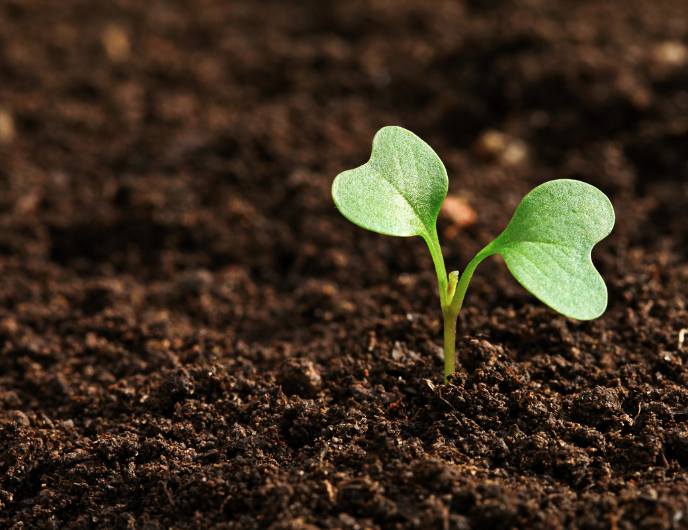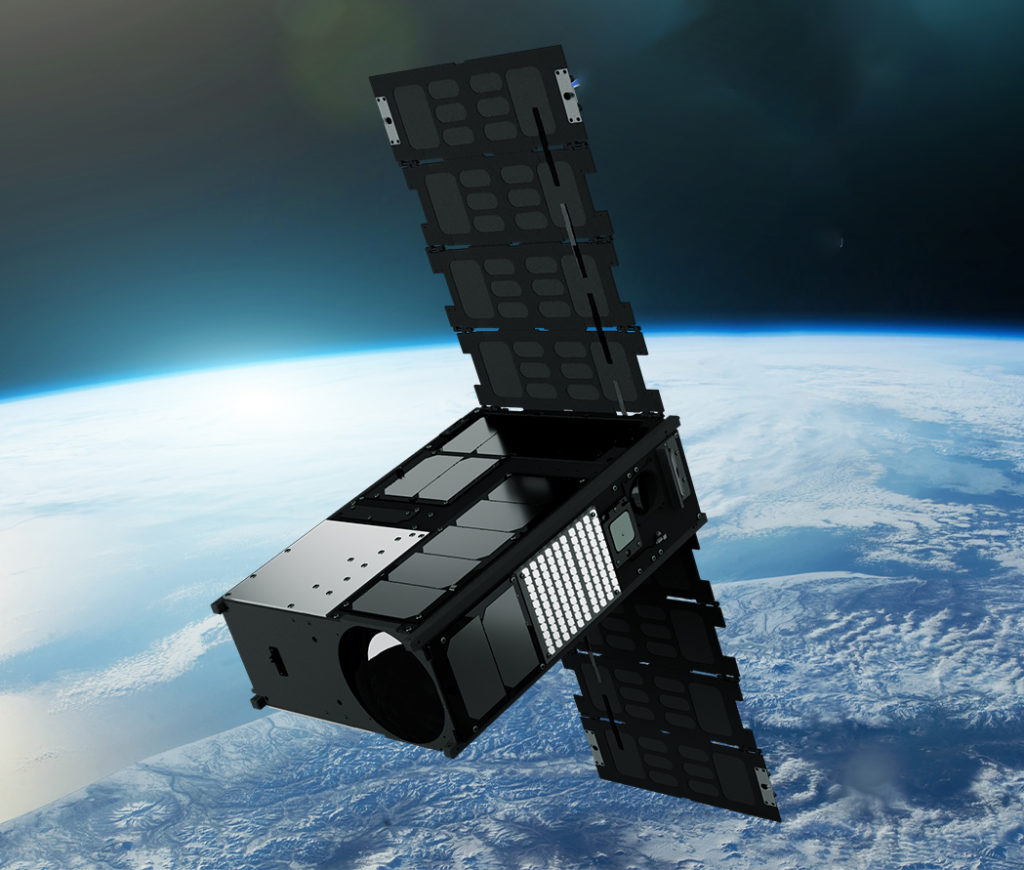Soil Sampling
The current approach to soil sampling using field agronomists’ maps often yields skewed results, leading to the collection of an excessive number of soil samples. This method lacks absolute assessments, relying on general clues for field productivity assessment. Consequently, field operators are burdened with the task of collecting multiple soil samples per field, incurring significant operational costs.
The industry standard for field productivity assessment revolves around the use of multi-year NDVI (Normalized Difference Vegetation Index) maps. However, the challenge lies in the fact that these NDVI maps are constructed using multispectral satellite images with limited spectral resolution. As a consequence, the resulting data becomes skewed, hindering accurate analysis and decision-making for data scientists.
This discrepancy between the existing soil sampling approach and the limitations of multispectral satellite imagery necessitates a more precise and efficient solution to optimize field assessments and mitigate unnecessary sampling efforts. These shortcomings can be improved using hyperspectral narrowband indices.
Go beyond NDVI to measure the health and wellbeing of your soil.
To address the challenges associated with inaccurate and excessive soil sampling, the integration of hyperspectral imaging emerges as a promising solution. Hyperspectral technology offers a higher spectral resolution, capturing detailed information across a broader range of wavelengths. By leveraging hyperspectral data, field assessments can transition from relying on generalized clues to obtaining precise and comprehensive soil analysis using hyperspectral narrowband indices.

Narrowband indices outperform NDVI for precision agriculture
Wyvern imagery can be used to create hyperspectral narrowband indices, such as RENDVI (Red Edge Normalized Difference Vegetation Index), which detects slight changes in the sensitivity of vegetation to examine changes in foliage and senescence, and VREI2 (Vogelmann Red Edge Index 2), which is a valuable index for monitoring soil moisture content and is used to identify water stress in plants.
Contact Us
Have a question or want to learn more about Wyvern? Get in touch with us today.
For far too long, the geospatial world has overlooked the importance of customer experience. At Wyvern, we are determined to change that narrative. Our mission is to provide an exceptional customer experience and view our customers not just as clients but as valued partners on this transformative journey

Learn More
Visit Wyvern’s Knowledge Centre, your go-to guide for all things hyperspectral.
Empower your business with the most insight-rich geospatial imagery data currently available.
Easy Integration With Existing Data
Wyvern hyperspectral data products seamlessly integrate with existing multispectral data sources commonly employed in various industries. With a significant overlap of optical bands shared with other popular multispectral constellations, our hyperspectral data products have the unique capability to enhance and augment your existing data stack, providing an added layer of value and depth to your analyses.
By incorporating Wyvern hyperspectral data, you can unlock new insights, reveal finer details, and gain a comprehensive understanding of your target areas, ultimately empowering you to make more informed decisions and achieve a competitive edge in your industry.


Our Data Specifications
Wyvern hyperspectral sensors on our Dragonette satellites capture data across many narrow spectral bands, allowing for the specific identification of unique chemical and physical properties of the Earth’s surface. This ability makes hyperspectral imagery a valuable tool for a wide range of site monitoring, mapping, and geospatial intelligence (GEOINT) use-case applications.
With a ground sampling distance of 5.3 meters, hyperspectral imagery delivered from our Dragonette constellation provides detailed information about the Earth’s surface. Processed to Level 1B and delivered in GeoTIFF format, we ensure seamless integration of Wyvern’s Dragonette data into your existing systems, workflows, and processes.
Other Use Cases

Crop Disease Detection
Achieve early and precise disease detection, enabling timely intervention, and improve the efficiency of insecticide application.

Regenerative Program Management
Enable quicker assessments and decision-making processes.

Crop Classification
Enhance crop inventory accuracy through advanced technologies and data-driven approaches, ensuring more precise and reliable assessments.
Contact Us
If you’re eager to delve deeper into the realm of hyperspectral data or have any questions about how it can revolutionize your industry, we’re here to assist you. Our team of experts is equipped with extensive knowledge and experience in harnessing the power of hyperspectral technology.
